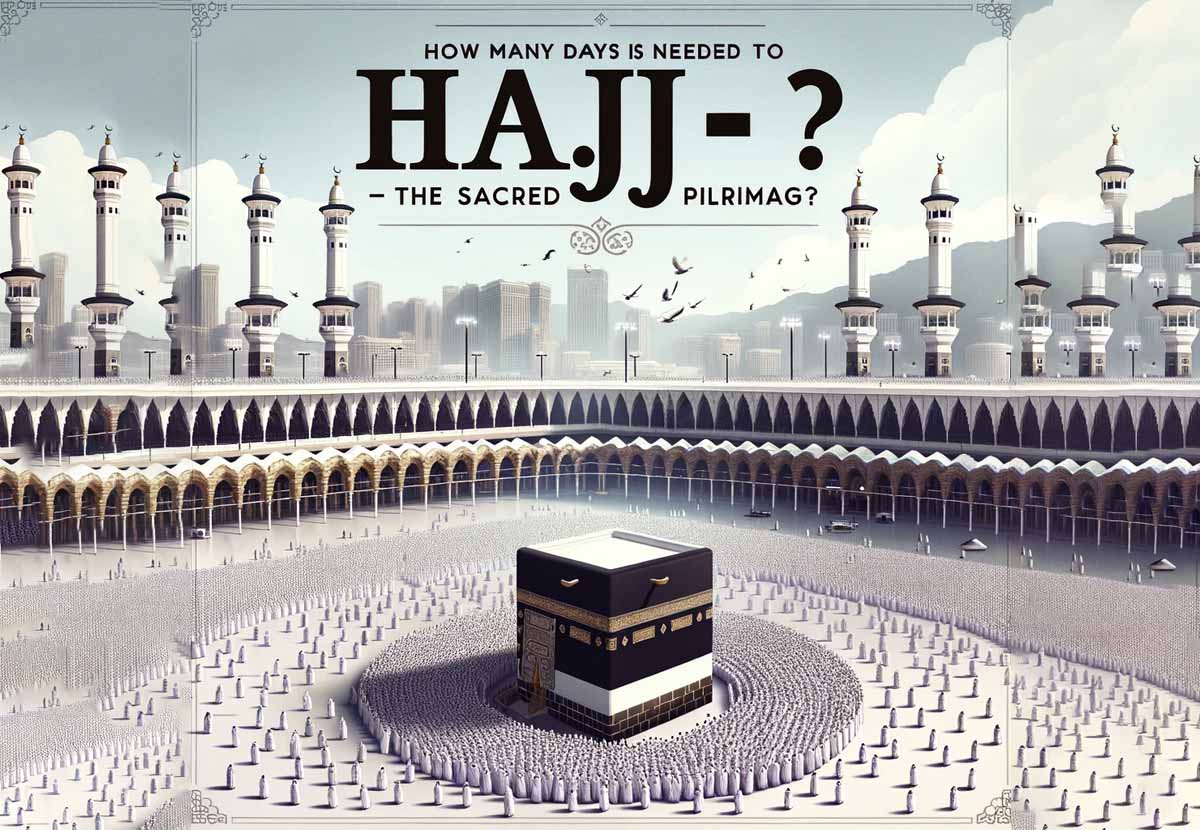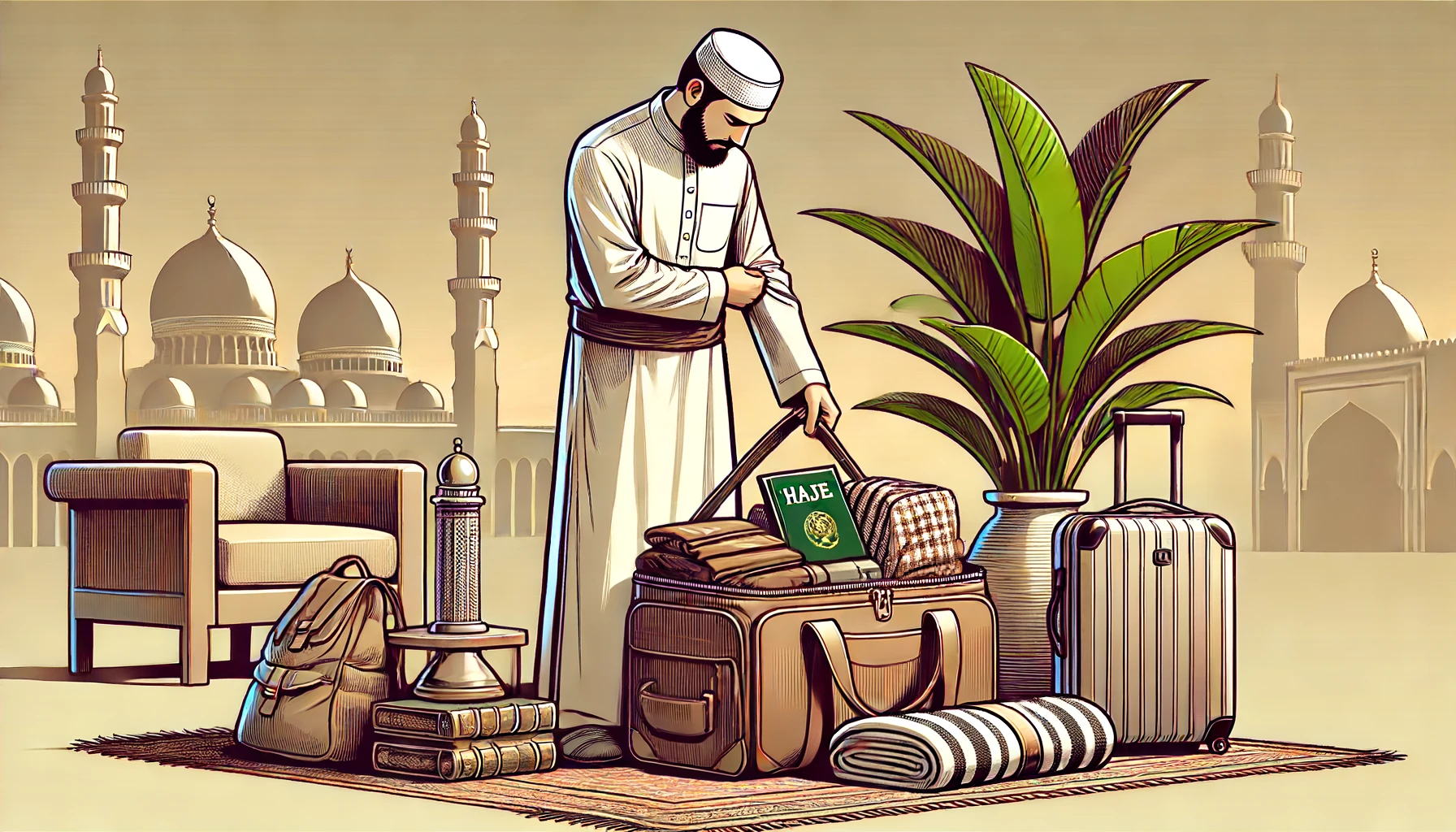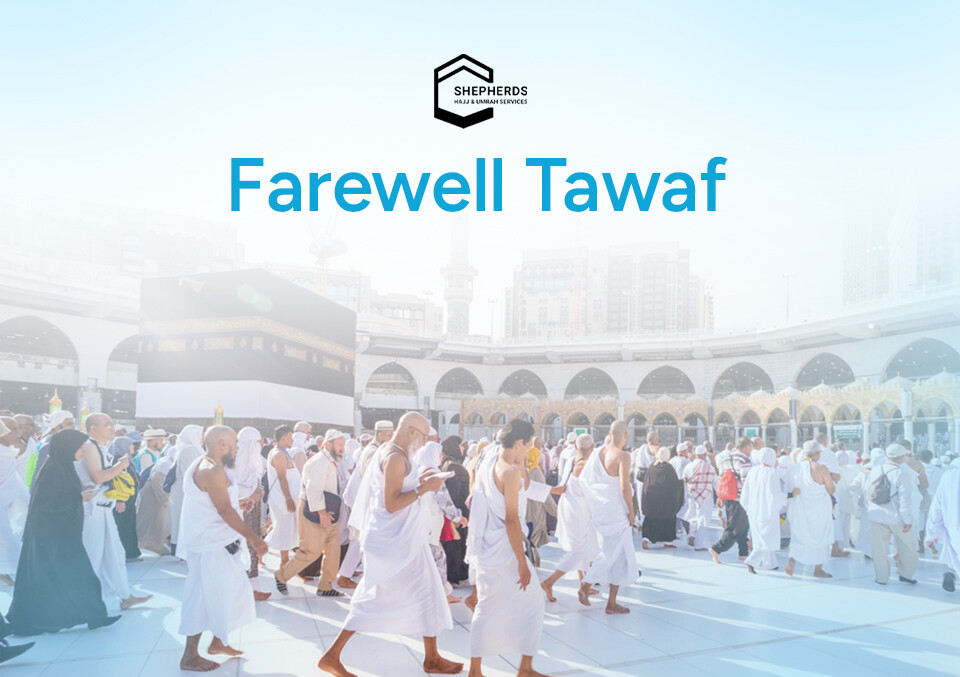Are you preparing for the spiritual journey of a lifetime, the sacred pilgrimage of Hajj? One of the most important questions on your mind might be, “How many days are needed for Hajj?” In this comprehensive guide, we’ll delve into the Hajj duration, timeline, and rituals, providing you with all the essential information to help you plan your pilgrimage effectively.
Understanding the Hajj Timeline and Rituals
The Hajj pilgrimage is a series of sacred rituals performed over several days in the Islamic month of Dhul Hijjah. While the core Hajj rituals are completed within the five days of Hajj, from the 8th to the 12th of Dhul Hijjah, the entire Hajj journey often extends beyond this timeframe.
The key Hajj rituals and their timeline include:
- Ihram (entering a state of ritual purity) – 8th Dhul Hijjah
- Tawaf (circling the Kaaba seven times) – 8th Dhul Hijjah
- Sa’i (walking or running between Safa and Marwa) – 8th Dhul Hijjah
- Staying in Mina – 8th Dhul Hijjah
- Standing at Arafat – 9th Dhul Hijjah
- Spending the night in Muzdalifah – 9th Dhul Hijjah
- Stoning the Jamarat (symbolic rejection of temptation) – 10th-12th Dhul Hijjah
- Animal Sacrifice (Nahr) – 10th Dhul Hijjah
- Shaving or Trimming Hair (Halq/Taqsir) – 10th Dhul Hijjah
- Performing the final Tawaf and Sa’i – 10th-12th Dhul Hijjah
The Five Days of Hajj: A Step-by-Step Guide
The core rituals of Hajj are performed over five days, from the 8th to the 12th of Dhul Hijjah. Here’s a day-by-day breakdown of the Hajj steps:
Day 1 (8th Dhul Hijjah)
- Pilgrims enter the state of Ihram and proceed to Mina, where they spend the day in prayer and contemplation.
Day 2 (9th Dhul Hijjah)
- Known as the Day of Arafat, pilgrims gather at Mount Arafat, engaging in fervent prayer and seeking forgiveness. This day marks the climax of the Hajj pilgrimage.
Day 3 (10th Dhul Hijjah)
- Pilgrims move to Muzdalifah to collect pebbles for the symbolic stoning of the Jamarat. They then return to Mina to perform the stoning ritual (Rami), animal sacrifice (Nahr), and shave or trim their hair (Halq/Taqsir). This day also marks the beginning of Eid al-Adha.
Days 4-5 (11th-12th Dhul Hijjah)
- Pilgrims continue the stoning ritual (Rami) in Mina and perform the final Tawaf and Sa’i in Mecca before concluding their Hajj journey.
The Extended Hajj Journey
While the core Hajj rituals span five days, the entire Hajj experience often extends beyond this timeframe. Many pilgrims opt for a longer stay, typically ranging from 10 to 14 days, to:
- Acclimatize to the local weather conditions
- Perform additional prayers and supplications in the holy cities of Mecca and Medina
- Visit significant historical and religious sites
- Engage in spiritual reflection and seek closeness to Allah
Some pilgrims also choose to combine their Hajj journey with Umrah, a shorter pilgrimage that can be performed at any time of the year. This combination can further extend the total Hajj duration to several weeks.
Factors Influencing the Hajj Duration
Several factors can impact the total number of days needed for Hajj, including:
- Travel arrangements: The mode of transportation and distance from the pilgrim’s home country to Saudi Arabia can affect the overall Hajj journey duration.
- Accommodation preferences: The choice of accommodation, whether in hotels or tents, can influence the length of stay in the holy cities.
- Health and fitness: Pilgrims with health concerns or limited mobility may require additional time to complete the Hajj rituals and navigate the crowded pilgrimage sites.
- Personal spiritual goals: Some pilgrims may opt for an extended stay in Mecca and Medina to deepen their spiritual connection and perform additional voluntary prayers and supplications.
Planning Your Hajj Journey
When planning your Hajj journey, consider the following tips to ensure a smooth and spiritually enriching experience:
- Consult with a reputable Hajj tour operator or travel agent to determine the ideal Hajj duration based on your specific needs and preferences.
- Allow sufficient time for travel, rest, and recovery, especially if you are traveling from a distant country or have health concerns.
- Familiarize yourself with the Hajj rituals and their significance to maximize the spiritual benefits of your pilgrimage.
- Prepare physically and mentally for the demanding nature of the Hajj journey, which involves extensive walking, heat exposure, and large crowds.
- Ensure that you have all the necessary documents, vaccinations, and medications before embarking on your Hajj pilgrimage.
In conclusion, the core rituals of Hajj are completed within five days, from the 8th to the 12th of Dhul Hijjah. However, the entire Hajj experience, including travel, accommodation, and additional spiritual activities, typically spans 10 to 14 days or longer. By understanding the Hajj timeline, rituals, and factors influencing its duration, you can plan a meaningful and transformative pilgrimage that fulfills your spiritual aspirations and deepens your connection with Allah. Remember, the ultimate purpose of Hajj is to seek closeness to Allah and attain spiritual purification, so approach this sacred journey with sincerity, patience, and an open heart.
Book Hajj Umrah Packages with Shepherds – Hajj Tour Agency in Bangladesh.





